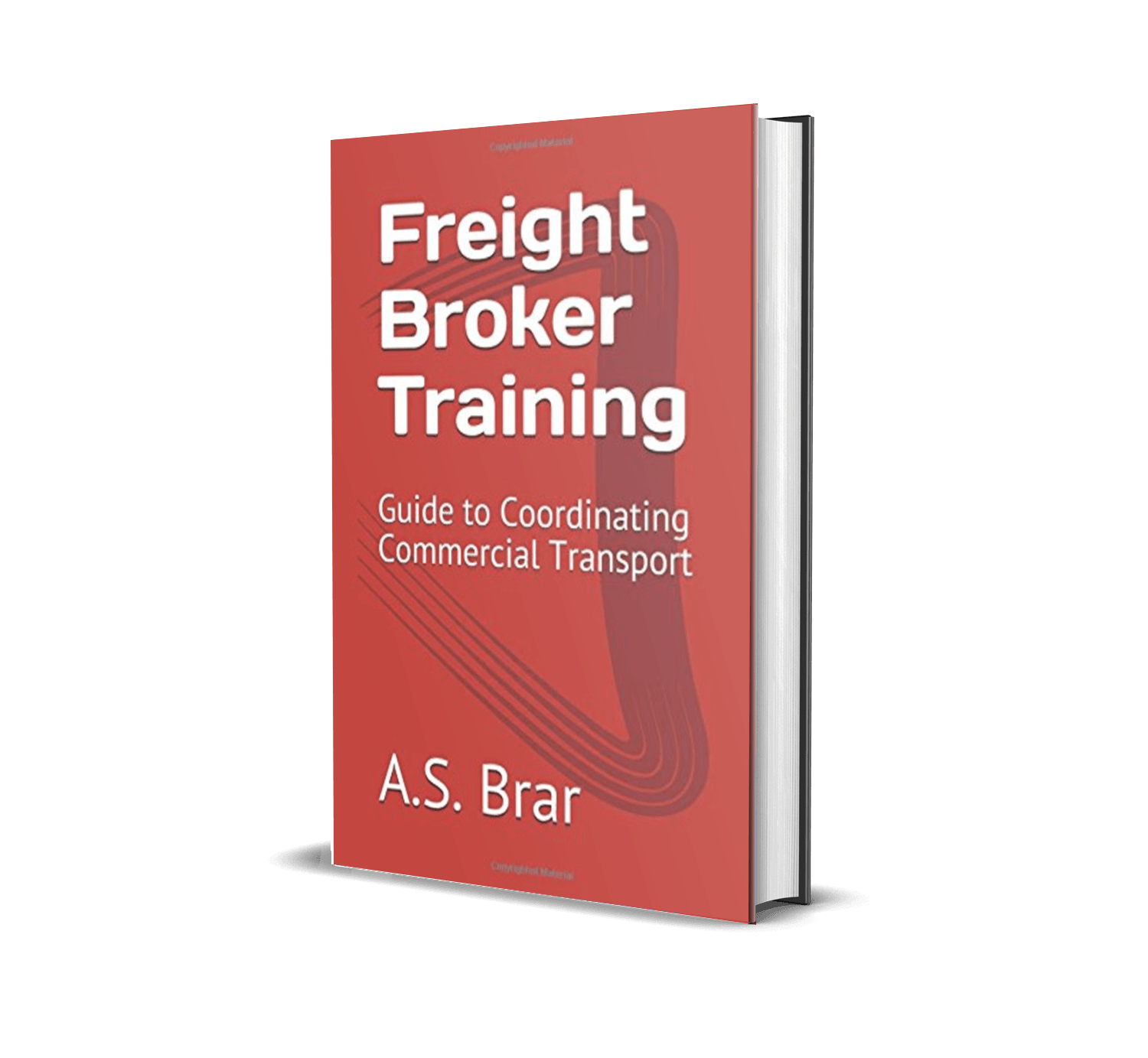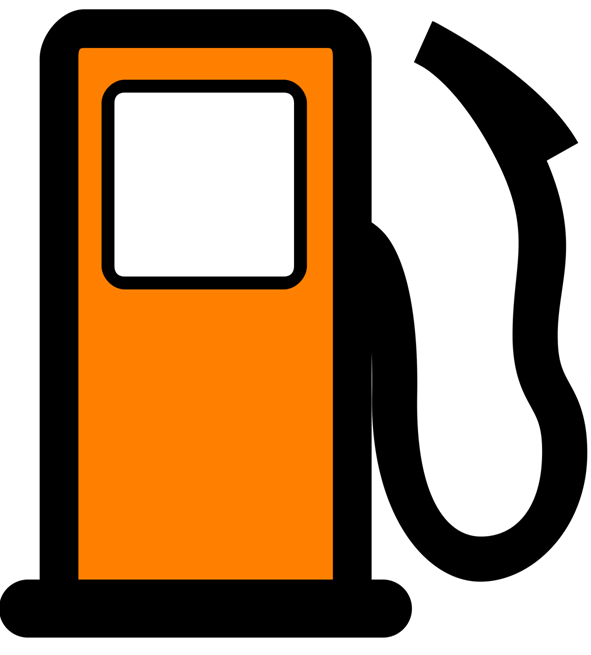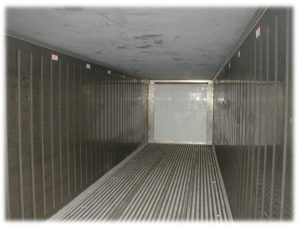Operating ratio is one of the most common measurement methods used to figure out the profitability of a trucking company. The equation for it is as follows:
Operating ratio = [(operating costs) / (operating revenues)] x 100.
The lower the operating ratio the more profits a business must reinvest into the company or to distribute it to shareholders. Most trucking companies have very high operating ratios which means they are hardly profitable.
Some of the more profitable companies in the trucking sector have been ones such as Old Dominion Freight Lines that reported an approximate 89 operating ratio in the first quarter of 2013.
How to Improve Operating Ratio
Operating must remain below 100 for a company to realize a profit. A term that is used commonly when the issue of improving operating ratio arises is capacity utilization.
One key change to make to ensure capacity is being utilized to its maximum benefit is to reduce the breakeven revenue point to as low as it can be. To achieve a low breakeven revenue point, the fixed costs must be cut down to a minimal. One of the biggest fixed costs is insurance. An article will be published on how to reduce this fixed cost that takes a toll on many companies’ breakeven points and forces them to have to produce a greater output to meet their expense obligations and then turn a profit. Reducing variable cost such as employee wages and fuel purchases does have a positive effect too because it provides more contribution dollars to cover for the fixed expenses.
Some suggestions for increasing operating ratio or profit margin are:
- Maximize distance travelled for linehaul operations by drivers while remaining legally compliant with HOS rules
- Increase the output of a truck with capacity already in place and no further investment needed.
- Manage resources such as drivers, vehicles, and information technology in an efficient manner.
- Consider moving towards an asset-light model. (Fuel and driver pay are the two biggest costs for trucking companies)
- Prevent overspending by the maintenance department and focus on legal and safe operation of vehicles.
Linehaul trailer utilization is very important for a LTL carrier. Service commitments are made based on the arrival time(s) of the linehaul load at its intended destination. Some metrics you’ll want to learn more about and research include load average, weight per shipment, bills per linehaul trailer, and equivalent empty trailers. Much of this theory is explained in the LTL Carrier’s Profitability Blueprint Book.
There is no need to get into a barrier of complexity as it is best to keep things simple to ensure a streamlined operation. Resource management is the key component to establishing a successful operation. Companies who can source and utilize resources in the most efficient manner to facilitate the transport process tend to be more stable. The first step is to understand and map the processes involved in resource consumption. Once all the company’s accounting financials and operations are analyzed, a costing model such as activity-based costing can be established. Activity based costing can also be an important part of creating rates and prices for customers.
Moving towards an Asset-Light Model
An asset light model is when a freight transportation company puts greater focus on the logistics side of moving cargo as opposed to investing in and managing equipment and drivers. Take for example, C.H. Robinson. C.H. Robinson is a logistics focused freight brokerage that is half the size of YRC Worldwide yet produces 100’s of millions of dollars in net income compared to YRC Worldwide which produced millions of dollars in deficit (2011).
Maintenance and repairs is the area which hurts many companies on their income statements. For asset-heavy companies its always an innovative idea to have a solid preventative maintenance plan to prevent major expenditure on repairs that should not have escalated to the point in which they are.
Inelastic vs Elastic Demand
Trucking services when are much needed and very few alternatives are available are said to be an inelastic demand. On the other hand, elastic demand occurs when there are many alternatives to the service. The premise behind the theory of inelastic and elastic demand is that carriers can charge higher rates for goods when they need to be transported but there are few willing carriers around to haul them. For example, hazardous materials require special handling and driver training to transport. It is important for carriers to find a way to measure the elasticity of their services to understand where they stand in the market and what rates they should be charging. To calculate the price elasticity of demand, use the following equation:
Price elasticity of demand = (percentage change in quantity demand) / (percentage change in price)
If the answer to this calculation is below 1 then the service is inelastic.
Conclusion
The information above provides an overview of the use of operating ratios in the trucking sector and other economic suggestions to help analyze and improve a company’s bottom line.




Fuel cost is a fluctuating fixed cost not a variable cost.
Hello Charles, thanks for the comment. I advise you to reference Investopedia’s definition of a fixed cost here and see if it may make you change your mind.